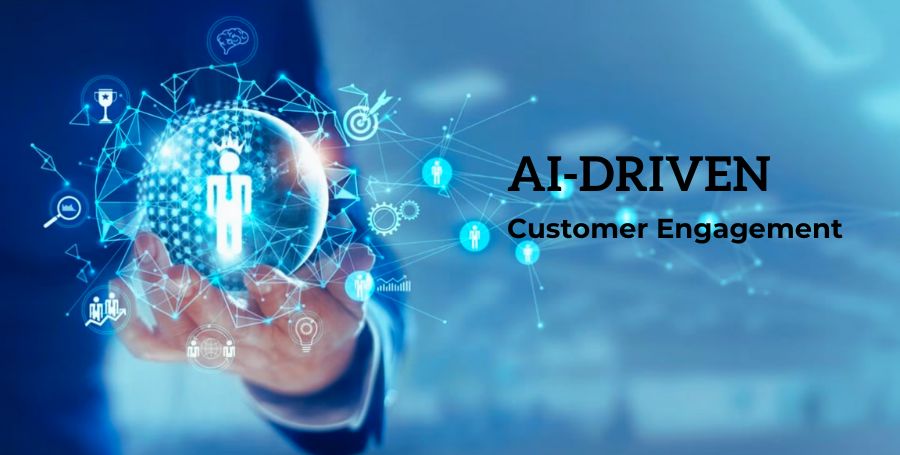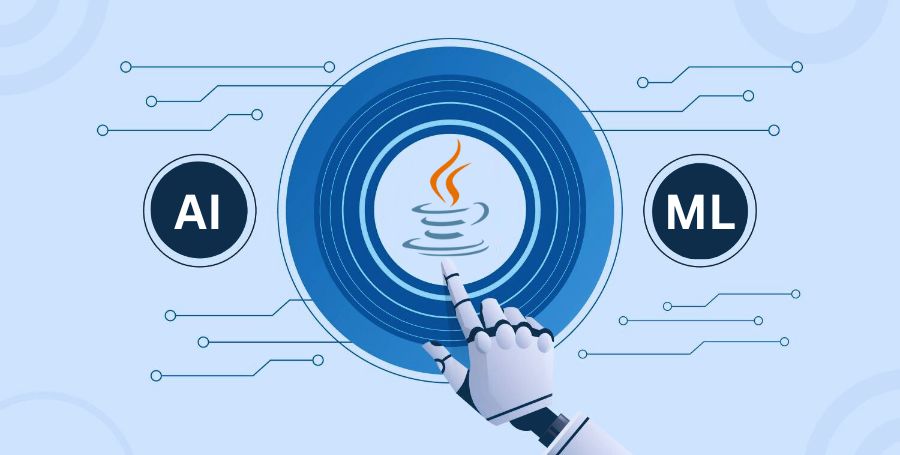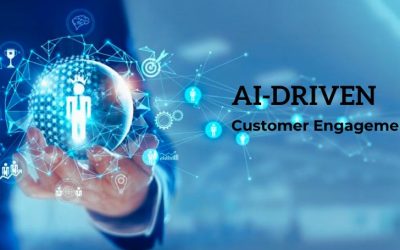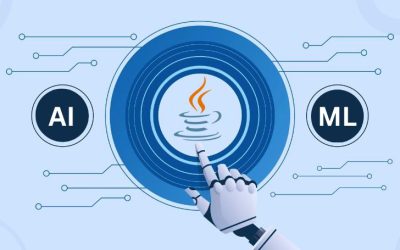Python has become a powerful tool in the AI field, reimagining how predictive analysis is drawn closer and executed. From engaging data analysis to impacting critical business choices, Python’s flexibility in predictive analysis has become a key part of the artificial intelligence scene. This article digs into the diverse effects of Python on predictive analysis, investigating its extraordinary potential, learning roads, business applications, and the promising future it messengers.
How Could AI Improve Data Analysis?
Pattern recognition accuracy
AI, powered by Python, succeeds in realizing mind-boggling designs within huge datasets. Through cutting-edge calculations and AI models, Python works with the distinguishing proof of relationships, oddities, and patterns that could escape customary information investigation strategies.
Automation of Insight Generation
Python-based AI frameworks mechanize the age of bits of knowledge, essentially speeding up the information investigation process. From information cleaning to showing preparation and result understanding, mechanization lessens the manual responsibility, permitting investigators to zero in on essential directions.
Real-time Data Processing
AI, when incorporated with Python, empowers real-time data processing. This capability is crucial in sectors such as finance, healthcare, and logistics which rely on timely insights for operational decisions.
Scalability for Big Data
Python’s environment offers versatile answers for dealing with. Python-based AI algorithms can seamlessly scale to process and analyze large datasets, ensuring that predictive analytics continue to be effective even as data volumes increase.
Where Can I Learn Predictive Analysis In Phyton?
Online Learning Platforms
Stages like Coursera, Udacity, and edX offer complete seminars on prescient investigation using Python Development Services. These courses cover a scope of themes, from fundamental information control to cutting-edge AI procedures.
Python Documentation and Tutorials
Python’s authentic documentation and online instructional exercises provide a wealth of resources for pre-examination learning. There is a lot of documentation for libraries like Pandas, NumPy, and sci-kit-learn, as well as tutorials contributed by the community.
Particular Predictive Analysis Courses
Special courses from foundations and associations, for example, MIT and Data Camp, focus on predictive analytics with Python. These courses frequently involve activities to support learning.
Books and Reading Materials
Books like “Python for Information Examination” by Wes McKinney and “Active AI with Scikit-Learn, Keras, and TensorFlow” by Aurélien Géron offer inside and out bits of knowledge into prescient investigation utilizing Python.
How Does Python in Predictive Analysis Help My Business?
Making Decisions Based on Data
Organizations can gain significant experiences through predictive analysis fueled by Python. Python-powered AI ensures that decision-makers have a solid foundation for making informed decisions, from predicting sales trends to identifying customer behavior patterns.
Functional Effectiveness
Python’s effectiveness in dealing with information and carrying out artificial intelligence calculations upgrades functional work processes. Organizations can smooth out processes, mechanize dreary errands, and enhance asset designation given prescient bits of knowledge.
Improved Client Experience
Python-driven predictive analysis empowers organizations to comprehend and expect client needs. This results from personalized services, targeted marketing strategies, and overall enhancements to the customer experience.
Risk Moderation
Predictive analysis in Python helps with risk appraisal and relief. For example, money and protection influence Python-fueled AI models to survey expected chances, recognize fake exercises, and upgrade safety efforts.
What Is the Future Scope?
Advanced Technology Integration
Python’s job in predictive analysis is set to develop with its joining into arising advances. Cooperative energy, with advancements like blockchain, edge computing, and edge computing, will open new boondocks in predictive modeling.
Extension in Industry Applications
What’s in store is an expansion of Python-driven predictive analytics applications across a variety of enterprises. Predictive maintenance, quality control, and resource optimization in industries such as energy, manufacturing, and healthcare are all potential applications for AI.
Development of AI Frameworks
Python’s rich environment encourages the persistent development of AI frameworks. Shortly, new approaches and improved versions of existing models will expand the scope of predictive analytics.
Democratization of Predictive Analysis
As Python continues to gain prominence in the AI scene, the democratization of predictive analytics is inevitable. Professionals in different fields will be able to use Python’s predictive insights thanks to more accessible and user-friendly tools.
The Problem of Efficiency: Smoothing out Activities with Python
The journey for operational efficiency is more critical than ever in recent times. Python, with its flexible capabilities and powerful biological system, stands out as an incredible asset for simplifying tasks in various business specialties.
Automated Work Processes
Python’s automation limits expect an urgent part in evolving manual, drawn-out tasks into automated work processes. Python content can deal with tedious errands like information section and report creation, opening up significant HR for additional essential undertakings.
Example: Automating data extraction from emails and messages and populating appropriate databases.
Data Integration and Analytics
Python’s capabilities in data manipulation and examination enhance the combination of different datasets. Associations responsible for overseeing complex data sources must engage in this to gather critical information and make informed decisions.
Example: Integrating sales data from various platforms using Python for comprehensive examination.
Versatile Answers for Development
As organizations expand, so do their necessities. As a result of Python’s versatility, current arrangements can without much of a stretch, extend to meet future prerequisites. This flexibility factor is very favorable especially for new organizations and ventures.
Example: Building scalable systems to manage inventory to accommodate expanding product lines.
Improved Collaboration and Communication
Python’s adaptability reaches out to working with better correspondence and joint effort inside groups. It’s clear and easy-to-understand syntax allows team members to comprehend and add to code, cultivating a cooperative climate for critical thinking and development.
Example: Utilizing Python scripts to automate communication processes within various project platforms.
Incorporation with Outer APIs
Python’s capacity to collaborate with external APIs empowers organizations to coordinate outsider administrations consistently. This combination is significant for getting to extra functionalities, remaining refreshed with industry drifts, and upgrading general functional productivity.
Example: Coordinating a customer relationship management (CRM) framework with Python for smooth-out correspondence.
Fast Prototyping and Improvement
Python’s effortlessness and intelligibility make it an optimal language for quick prototyping and improvement. This permits organizations to explore different avenues regarding thoughts, test ideas, and emphasize rapidly, speeding up the general speed of development.
Example: Prototyping is another feature for a web application to assemble client criticism.
Altered Answers for Special Difficulties
Each business faces one-of-a-kind difficulties that request customized arrangements. Python’s adaptability empowers the advancement of modified devices and applications that address explicit functional problem areas, giving designated proficiency enhancements.
Example: Making custom Python content to automate quality control processes in assembling.
Optimization of Resources
Optimized performance is made possible by Python’s efficiency in memory management and resource utilization. This is especially helpful when resource efficiency leads to cost savings and overall improved operational performance.
Example: Using Python to optimize server resources, a web application can handle more user traffic.
Final Thought
The predominance of Python in predictive analysis is not just a pattern, it has an extraordinary power that is shaping the future of AI Development Services. As organizations perceive the potential for informed direction, functional effectiveness, and improved client commitment, the collaboration between Python and predictive analysis is set to catalyze another time of information-driven advancement.
Whether you’re a seasoned data scientist or a CEO of an organization looking for significant bits of knowledge, Python’s part in predictive analysis entices you to leave on an excursion of persistent learning and key execution. What’s to come is information-driven, and Python is at the very front, directing the course of predictive analysis in the AI scene.







